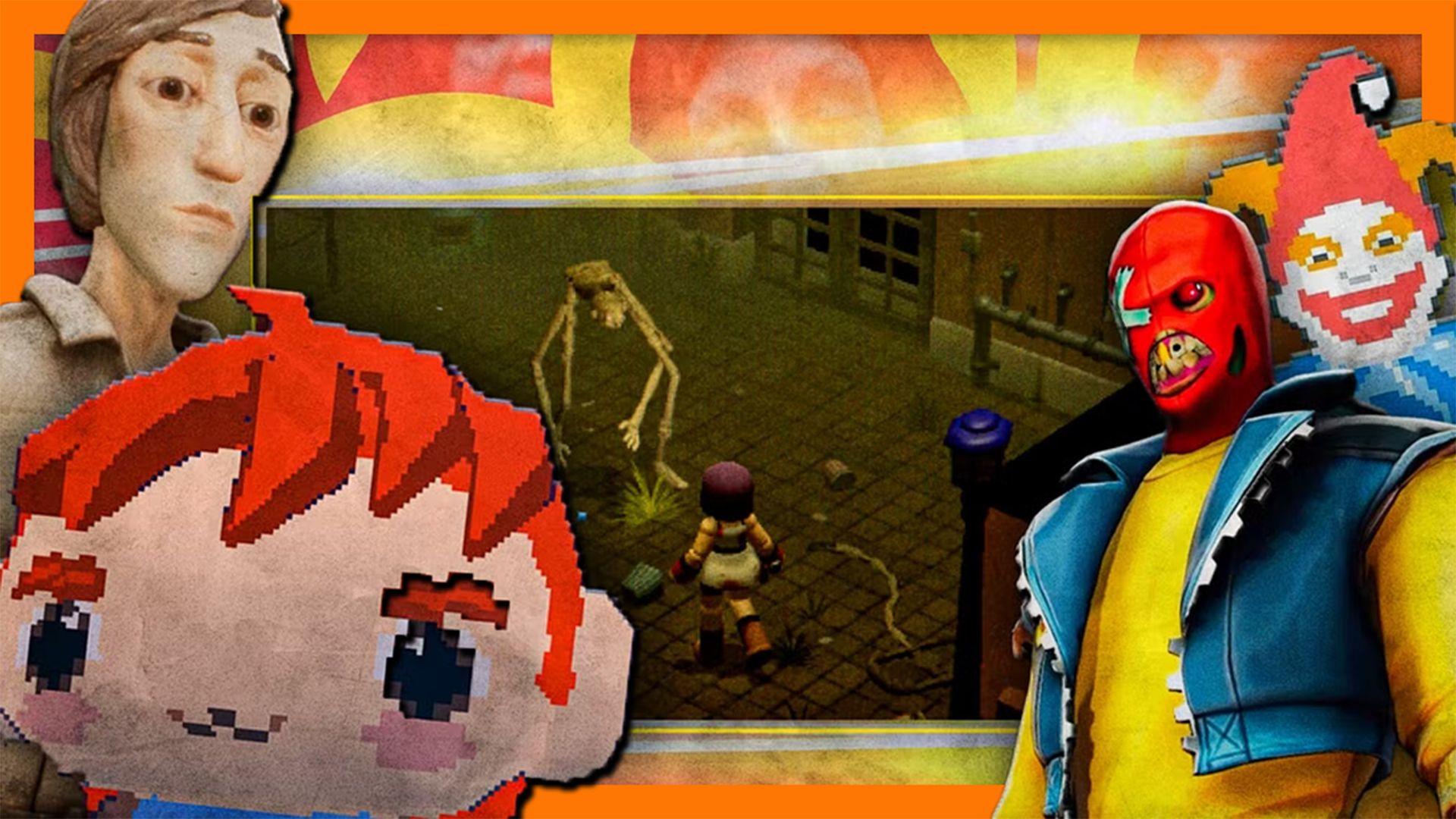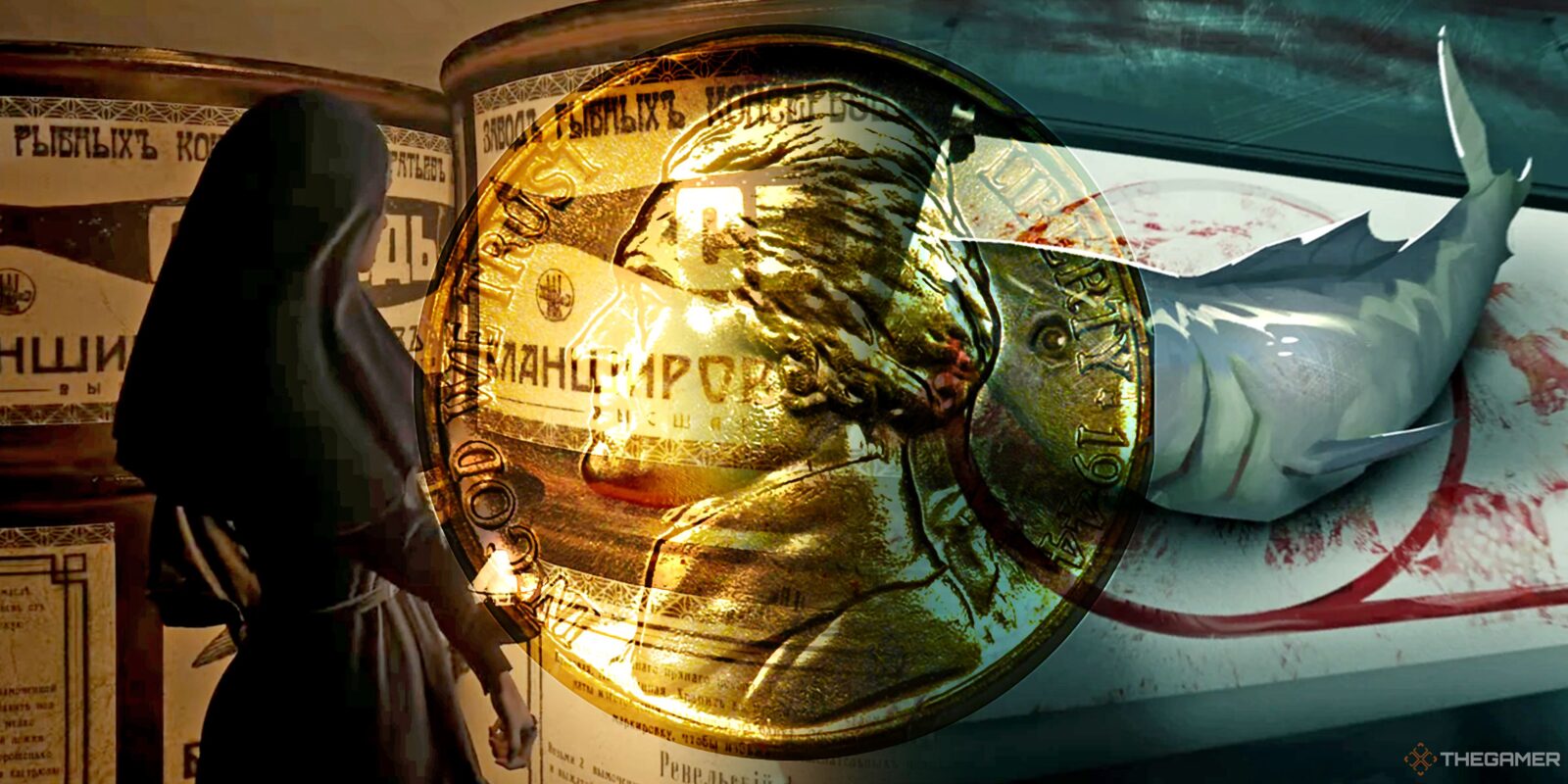If, at any point after 2017, you’d asked me to name the best level in an indie game, I would have had my answer ready before you’d even finished the question. It’s Lewis’ chapter from What Remains of Edith Finch, otherwise known as ‘The Cannery Sequence’, and it will probably always be Lewis’ chapter. It’s one of the best video game levels ever made, and its peculiar choice of setting is a big reason why.
The Cannery Sequence Is Still One-Of-A-Kind
I’ve written about it before, but here’s a quick primer: In What Remains of Edith Finch, you play as the titular young woman, returning to her family’s abandoned home in the Pacific Northwest. The house feels more like a Lemony Snicket creation than your typical domestic space, with the original house getting rooms messily added to it as new members were added to the family. It’s a rickety structure climbing ever higher into the sky.
Unlike the house, the game is elegantly structured. Each chapter tells the story of one of the family members who lived there, with Edith reliving the moments leading up to their demise by finding journals, newspaper clippings, comic books, and more. These stories play out as discrete levels with one-off mechanics. In one, you might push a swing. In another, you might take photographs. Others get weirder, like one where you play as a series of animals making their way through a dark forest before eventually becoming a sea monster. Another has you inhabiting a happy infant moments before he drowns in the bathtub.
All of the levels are good, but the standout has always been Lewis’ chapter, which has you playing as Edith’s stoner brother who passed the time at his boring factory job with increasingly elaborate daydreams.
3:09

Related
2024 Has Quietly Been An All-Timer Year For Indies
A quieter year for triple-A made room for indie games to make some noise.
The game does an incredibly effective job of putting you in his head by having you play through those daydreams on the left side of the screen, while also needing to keep up with your fish beheading duties on the right. You can let the fish pile up, but then the game will throw an obstacle at you on the left side that can only be cleared by bringing the guillotine down, forcing you back to work.
As the level progresses, the daydream takes over more and more of Lewis’ mind, until the fish disappear entirely, and the screen is enveloped in the imaginary king’s coronation. It’s one of those things that only video games can do, using the left and right stick to perfectly simulate the multitasking we all get used to doing to survive boring jobs.
Is Indika Riffing On Edith Finch?
It’s an iconic level. Which is what made it so interesting to me that this year’s Indika also featured a level set in a fish cannery. It is a very different fish cannery though, and the activities Indika must do have nothing in common with Lewis’ task. For some reason, the fish in this cannery are gigantic, and the cans are the size of hay bales. In one section, you operate a forklift, stacking these massive metal cylinders so Indika can use them as stairs. In another, you need to avoid hanging fish as they swing by, finding the gap in the line. There are conveyor belts and elevators and furnaces that make each task more complicated.
It’s interesting to see another game tread into territory this iconic — at least, iconic among fans of indie games. If I were an indie developer, I would probably avoid a fish cannery at all costs. It’s like a rookie basketball player comparing himself to Michael Jordan. But by venturing beyond the assembly line, Indika does something new. In Lewis’ chapter, we were locked into Lewis’ perspective at his station. Any exploration we did was in his dream. But Indika — like an alley cat gnawing on a fish head you might find behind a cannery — proves that there was meat left on the bone.

Next
The Future Of Multiplayer Is Indie
A developer getting a successful indie game is like winning the lottery, whether it’s single-player or multiplayer.













Leave a Reply